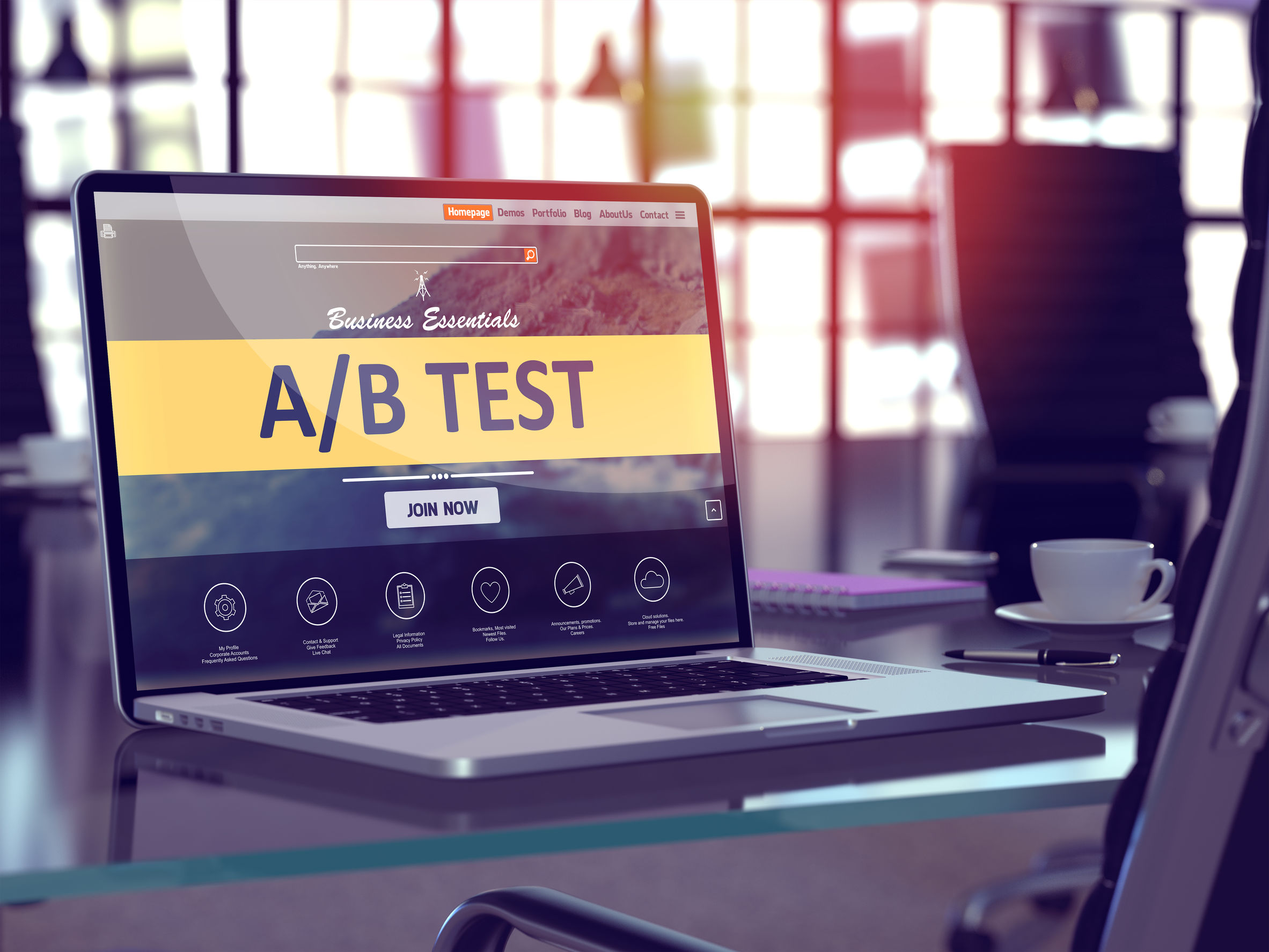
How to Optimize Your Emails with A/B Testing
By Austin LaRoche, ATAK Interactive CEO
Customers fuel the growth of any company. That’s why making sure your customers are receiving the most amount of value out of their relationship with you is important to your company’s marketing efforts. Email marketing is one of the most important tools in your marketing toolbox, with one of the highest returns on investment (ROI): an average return of $42 for every $1 spent, compared to organic and paid social media advertising, organic and paid search, and display ads. In addition, as of 2018, 59% of marketers said that email was their biggest source of ROI. As the primary channel to engage your contacts, you need to optimize your emails with A/B testing to ensure you’re getting the most out of the channel.
Because emails are so important when it comes to nurturing your customers (59% of customers have stated that marketing emails influence their purchase decisions), optimizing your emails to add the right kind of value is a crucial step. For those looking to maximize the ROI of their marketing efforts, here is an overview of email split testing.
What is A/B testing?
A/B testing, also known as split testing, is a method of testing two different versions of the same email, with a sample of your audience, to see which one performs better. It tests your regular email (version A) against a variation of your email (version B), where a single element—like a subject line or call-to-action—has changed.
It is important that you only test one element at a time for accurate results. For example, although your audience opens the email, you noticed they were not clicking through to your website. So, when conducting the A/B test, you would only change the wording of your call-to-action in version B and analyze how your click-through rate has changed.
But why is it so important?
Sending the right content to the right audience at the right time equals marketing success. Small differences, like a personalized subject line, call-to-action button, or a later send time can greatly influence the audience’s engagement with the email. That’s why A/B testing and using the data you uncover to improve your emails are so important.
Using concrete data from your split tests, you can make informed decisions about your email marketing campaigns and see if they are performing according to set goals or not. You can even create more effective campaigns, which will lead to more engagement from your audience and, ultimately, more conversions.
Now that you know why email A/B testing should be an essential part of your marketing strategy, here are five easy steps on how to split test.
How can I A/B test?
1. Look at your email metrics and set a goal.
Analyze your data from past emails before you start split testing. By looking at your metrics, you can set a baseline for measuring your success and notice any areas of improvement. Once you figure out what you want to improve, set a S.M.A.R.T. goal for yourself, a goal that is specific, measurable, achievable, realistic, and timely.
For example, after doing some research, you’ve noticed the open rates for your promotional emails, which have historically averaged over 18%, have declined the past few weeks. So, your goal may sound like this: “I want to bring my open rates back up to 18%, two weeks from now.”
2. Decide what elements of your email you want to A/B test.
Based on your goal, focus on an email element you want to test. Each element directly affects different parts of the conversion process, so make sure to choose carefully. Testing different versions of your design layout, for example, will directly affect how many people click through to your website.
Here is a list of several elements you can test:
- Call-to-action
- Subject line
- Design and layout
- Body copy
- Send time
Using the example at step 1, you can test if a more specific and urgent subject line along the lines of “Say goodbye to your exclusive 20% offer!” will increase your open rates more than something like “Last chance to purchase!”
3. Create your marketing campaign.
The next step is to create your marketing emails. Create an email, version A, based on your past ones. Keeping version A in line with your past campaigns creates a baseline, a standard, you can test your variant against. Based on version A, you can alter the element you decided on in step 2 to create version B of the split test.
4. Segment your audience into two sample sizes.
Create two sample sizes from your audience list. Make sure both sizes are similar and large enough in order to make your test is accurate. If you use HubSpot like we do, your sample sizes will be automatically calculated for you. HubSpot recommends you have at least 1,000 contacts to see statistically significant results. But, for those who don’t use a marketing tool, an easy and good rule of thumb is to divide your audience 50/50. You can send version A to one segment of your audience and version B to the other.
5. Analyze your results.
Once the test has started, it is best practice to let your test run for at least 1-2 weeks to get verifiable results. A common mistake when split testing is ending the test too quickly. Since some subscribers may open emails days after it has been sent, it is important to wait before analyzing your results. When the test has officially closed, HubSpot will automatically tell you which version won. But if you don’t have access to HubSpot, here are two free split testing calculators to help you decide the winner: Neil Patel’s A/B Testing Calculator and Survey Monkey’s A/B Testing Calculator.
In Conclusion
With the data you gained from split testing, you can now take actionable steps to help improve and grow your email marketing campaign. If your test has proved inconclusive, don’t be discouraged! The great thing about A/B testing is that you can test as many times as you want. Consistently using split testing will optimize your email campaign so you can maximize the value you provide to your customers.
If you are looking for a way to boost your marketing efforts, we’re here to help! Contact us today to take the first step towards marketing with purpose.
Related Posts

Marketing Strategy Agency Derivatives and Growth Unlocked
Marketing is an essential aspect of any business. It can help increase brand awareness, attract new customers, and drive sales. However, developing an…

Boosting ROI: Benefits of Hiring a Marketing Strategy Agency
Are you looking for ways to enhance your marketing strategy and increase your returns? Look no further than Derivatives, a top-tier marketing strategy…

The Role of a Web Design Agency in Boosting Your Online Presence
We examine the field of web design and the work of web designers in this blog. It takes a variety of talents, including graphic design, coding, and user…